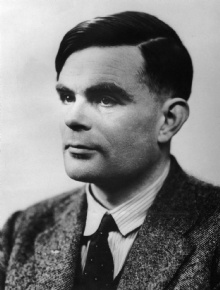This paper discusses the possibility of building a machine that can think and proposes the Turing Test, a method of assessing a machine's ability to exhibit intelligent behaviour indistinguishable from that of a human.
 Alan Turing, a British mathematician & founding member of computer science. Explore his famous Turing test, quotes & WWII achievements.
Alan Turing, a British mathematician & founding member of computer science. Explore his famous Turing test, quotes & WWII achievements.
More about Alan Turing